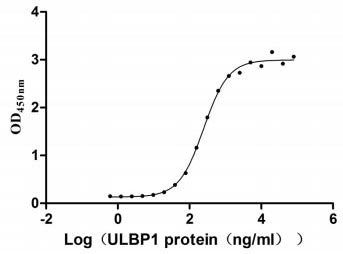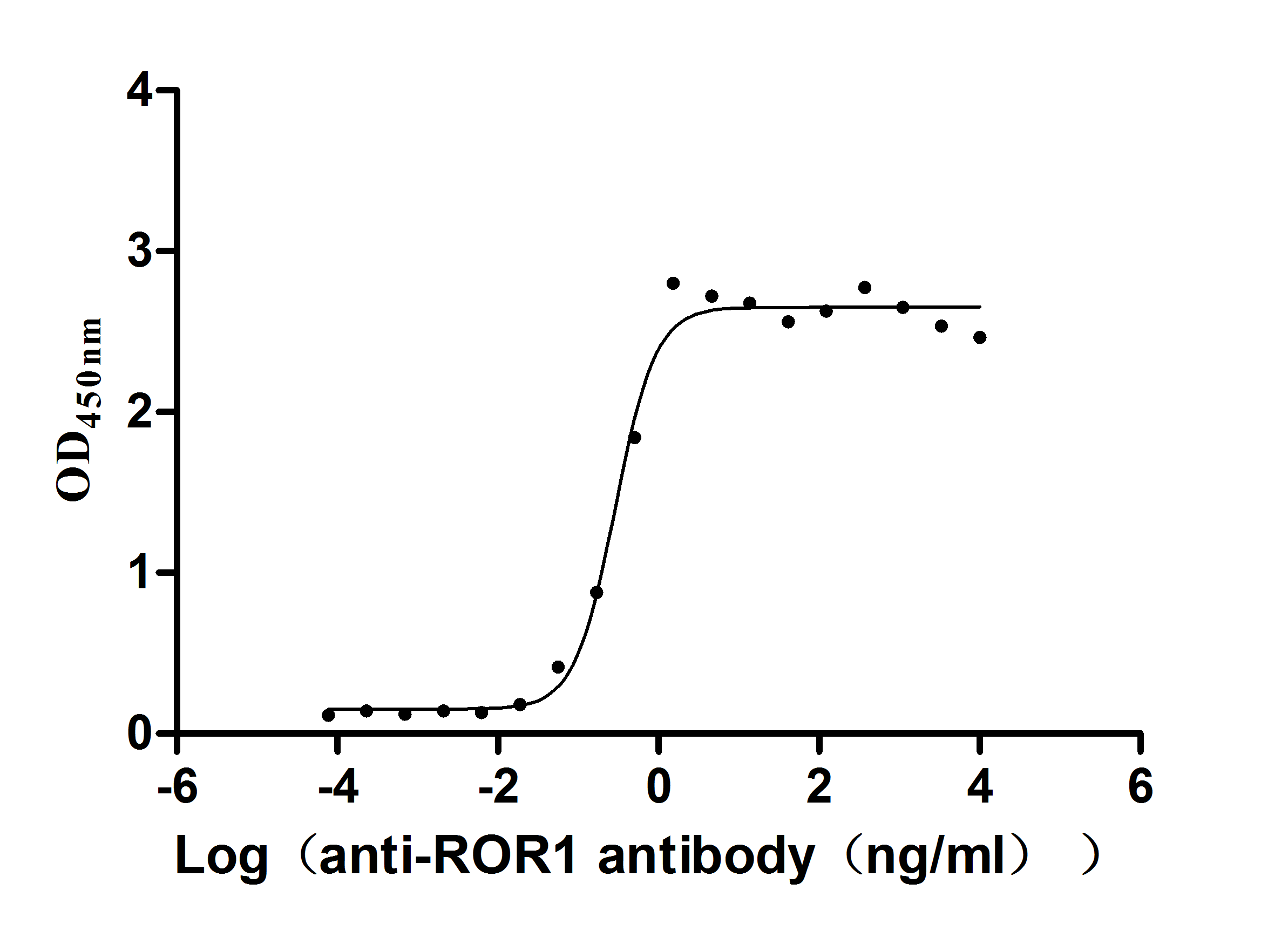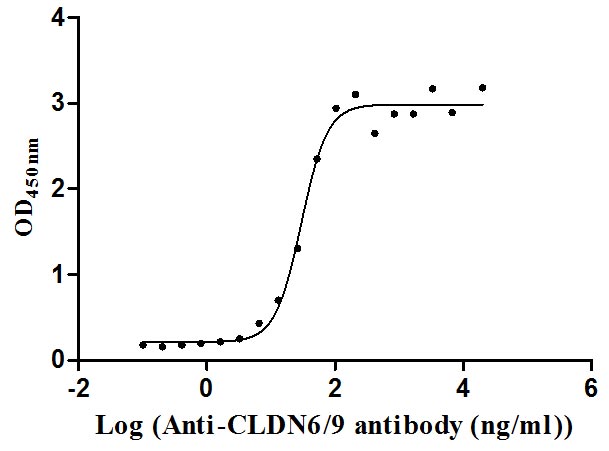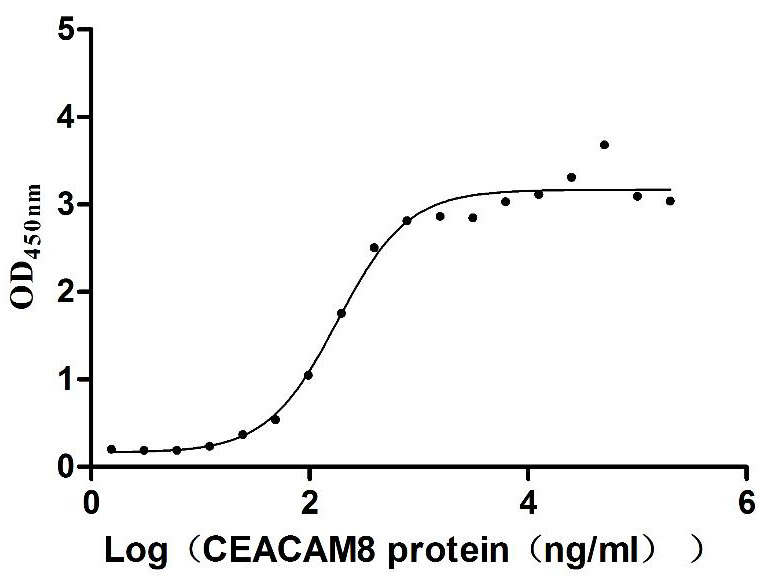Recombinant Haloarcula marismortui Methylaspartate mutase S chain 1 (mamA1)
-
中文名稱:Recombinant Haloarcula marismortui Methylaspartate mutase S chain 1(mamA1)
-
貨號:CSB-YP736178HTJ
-
規(guī)格:
-
來源:Yeast
-
其他:
-
中文名稱:Recombinant Haloarcula marismortui Methylaspartate mutase S chain 1(mamA1)
-
貨號:CSB-EP736178HTJ
-
規(guī)格:
-
來源:E.coli
-
其他:
-
中文名稱:Recombinant Haloarcula marismortui Methylaspartate mutase S chain 1(mamA1)
-
貨號:CSB-EP736178HTJ-B
-
規(guī)格:
-
來源:E.coli
-
共軛:Avi-tag Biotinylated
E. coli biotin ligase (BirA) is highly specific in covalently attaching biotin to the 15 amino acid AviTag peptide. This recombinant protein was biotinylated in vivo by AviTag-BirA technology, which method is BriA catalyzes amide linkage between the biotin and the specific lysine of the AviTag.
-
其他:
-
中文名稱:Recombinant Haloarcula marismortui Methylaspartate mutase S chain 1(mamA1)
-
貨號:CSB-BP736178HTJ
-
規(guī)格:
-
來源:Baculovirus
-
其他:
-
中文名稱:Recombinant Haloarcula marismortui Methylaspartate mutase S chain 1(mamA1)
-
貨號:CSB-MP736178HTJ
-
規(guī)格:
-
來源:Mammalian cell
-
其他:
產(chǎn)品詳情
-
純度:>85% (SDS-PAGE)
-
基因名:glmS1
-
Uniprot No.:
-
別名:glmS1; mamA1; rrnAC0684Glutamate mutase sigma subunit 1; EC 5.4.99.1; Glutamate mutase S chain 1; Glutamate mutase small subunit 1; Methylaspartate mutase 1
-
種屬:Haloarcula marismortui (strain ATCC 43049 / DSM 3752 / JCM 8966 / VKM B-1809) (Halobacterium marismortui)
-
蛋白長度:full length protein
-
表達區(qū)域:1-151
-
氨基酸序列MTGKYMPRTV ILGVIGSDAH VVGITILEQA LSAAGFEVIN LGVQTAQDEF VSAAKSHDAE AVLVSSLYGH ARQDCEGLHD ELDDAGLDVL TYVGGNLAVG QSDFEETQAT FRQMGFDRVF DAETDPEEAI EMLREDLQLT TTEAEQIRVD G
-
蛋白標簽:Tag?type?will?be?determined?during?the?manufacturing?process.
The tag type will be determined during production process. If you have specified tag type, please tell us and we will develop the specified tag preferentially. -
產(chǎn)品提供形式:Lyophilized powder
Note: We will preferentially ship the format that we have in stock, however, if you have any special requirement for the format, please remark your requirement when placing the order, we will prepare according to your demand. -
復(fù)溶:We recommend that this vial be briefly centrifuged prior to opening to bring the contents to the bottom. Please reconstitute protein in deionized sterile water to a concentration of 0.1-1.0 mg/mL.We recommend to add 5-50% of glycerol (final concentration) and aliquot for long-term storage at -20℃/-80℃. Our default final concentration of glycerol is 50%. Customers could use it as reference.
-
儲存條件:Store at -20°C/-80°C upon receipt, aliquoting is necessary for mutiple use. Avoid repeated freeze-thaw cycles.
-
保質(zhì)期:The shelf life is related to many factors, storage state, buffer ingredients, storage temperature and the stability of the protein itself.
Generally, the shelf life of liquid form is 6 months at -20°C/-80°C. The shelf life of lyophilized form is 12 months at -20°C/-80°C. -
貨期:Delivery time may differ from different purchasing way or location, please kindly consult your local distributors for specific delivery time.Note: All of our proteins are default shipped with normal blue ice packs, if you request to ship with dry ice, please communicate with us in advance and extra fees will be charged.
-
注意事項:Repeated freezing and thawing is not recommended. Store working aliquots at 4°C for up to one week.
-
Datasheet :Please contact us to get it.
靶點詳情
-
功能:Catalyzes the carbon skeleton rearrangement of L-glutamate to L-threo-3-methylaspartate ((2S,3S)-3-methylaspartate).
-
蛋白家族:Methylaspartate mutase GlmS subunit family
-
數(shù)據(jù)庫鏈接:
KEGG: hma:rrnAC0684
STRING: 272569.rrnAC0684
Most popular with customers
-
Recombinant Human NKG2-D type II integral membrane protein (KLRK1), partial (Active)
Express system: Mammalian cell
Species: Homo sapiens (Human)
-
Express system: Mammalian cell
Species: Homo sapiens (Human)
-
Recombinant Human Claudin-9 (CLDN9)-VLPs (Active)
Express system: Mammalian cell
Species: Homo sapiens (Human)
-
Recombinant Human Carcinoembryonic antigen-related cell adhesion molecule 6 (CEACAM6) (Active)
Express system: Mammalian cell
Species: Homo sapiens (Human)















